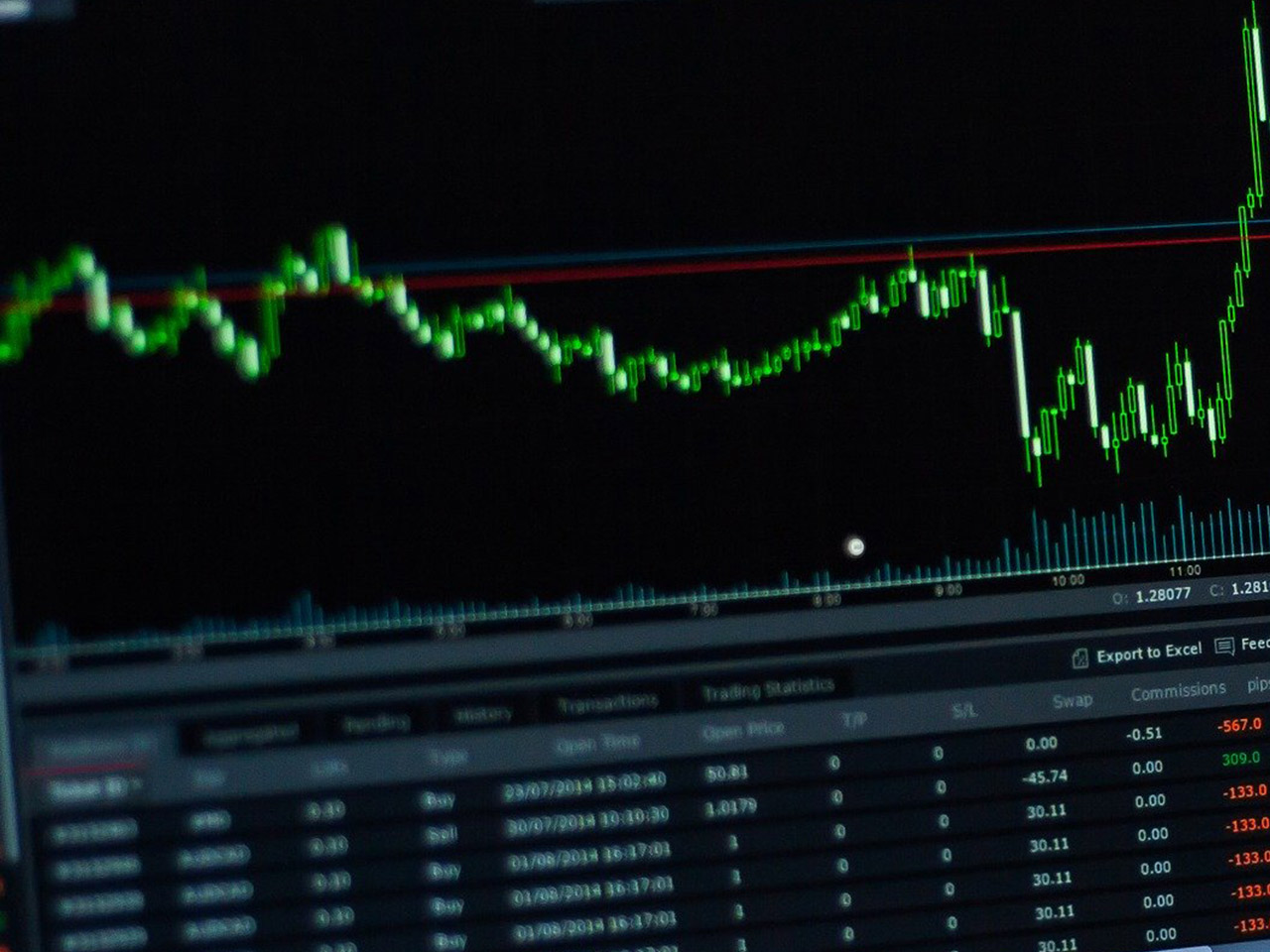Uber Technologies, Inc. (NYSE: UBER), a giant in the technology sector, continues to capture the attention of investors with its vast global footprint and diverse application software innovations. With a commanding market capitalization of $197.11 billion, Uber stands as a formidable player in the Software – Application industry. Based in the United States, this company has successfully woven its technology into the daily lives of consumers across multiple continents, spanning North America to the Asia Pacific.
At first glance, Uber’s current stock price of $94.52 might seem static, exhibiting no change recently. However, a deeper dive reveals a more dynamic picture. The stock has experienced a 52-week range from $59.93 to $100.10, demonstrating its potential for volatility and growth. Analysts have set an average target price of $108.52, indicating a potential upside of 14.81% from its current level, a figure that should pique the interest of growth-oriented investors.
In terms of valuation, Uber’s metrics present a unique profile. The absence of a trailing P/E ratio and other traditional valuation figures like the PEG ratio or Price/Book could be attributed to the company’s reinvestment strategies and growth-oriented business model. However, the forward P/E ratio stands at 21.49, suggesting that the market anticipates strong earnings growth.
Performance-wise, Uber showcases impressive numbers. With a revenue growth rate of 18.20%, the company is clearly on an upward trajectory. The robust EPS of 5.87 and a notable Return on Equity of 67.49% underscore Uber’s efficiency in generating profits from its equity base. Furthermore, Uber’s free cash flow of over $5.6 billion highlights its financial health and ability to reinvest in growth initiatives.
Despite these strengths, Uber does not offer a dividend yield, maintaining a payout ratio of 0.00%. This strategy aligns with the company’s focus on reinvestment and expansion rather than returning capital to shareholders via dividends. This could be appealing to investors more interested in capital appreciation than income generation.
Analyst sentiment toward Uber remains overwhelmingly positive, with 43 buy ratings and zero sell ratings. This widespread confidence is further supported by a target price range of $82.00 to $150.00, suggesting varied yet optimistic perspectives on the stock’s potential trajectory.
Technically, Uber’s stock is showing interesting patterns. The 50-day moving average of $95.07 provides a short-term reference point slightly above the current price, while the 200-day moving average at $83.27 indicates a longer-term upward trend. However, a relative strength index (RSI) of 28.67 signals that the stock might be oversold, potentially presenting a buying opportunity for discerning investors. The MACD stands at -0.11, with a signal line of 0.50, suggesting that while there might be short-term bearish signals, the overall sentiment remains cautiously optimistic.
As Uber continues to innovate across its three primary segments—Mobility, Delivery, and Freight—it positions itself not just as a technology company, but as a cornerstone of modern logistics and transportation. From ridesharing to logistics solutions, Uber’s comprehensive ecosystem enables it to capitalize on emerging market trends and consumer demands globally.
Investors considering Uber Technologies, Inc. should weigh the company’s impressive growth metrics and analyst optimism against the backdrop of its current valuation and the broader market conditions. With a significant potential upside and a strong track record of innovation, Uber remains a compelling consideration for those seeking exposure to the evolving tech-driven economy.









































